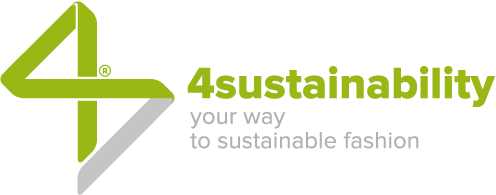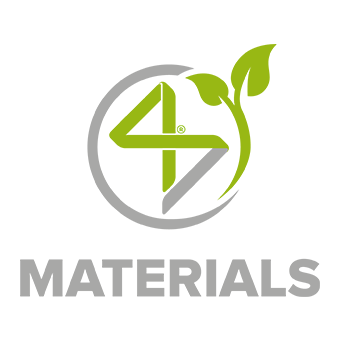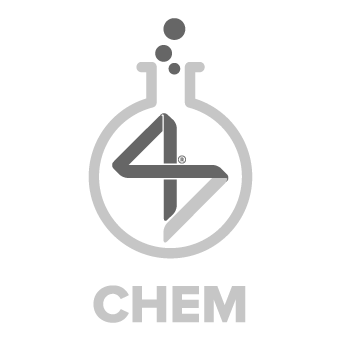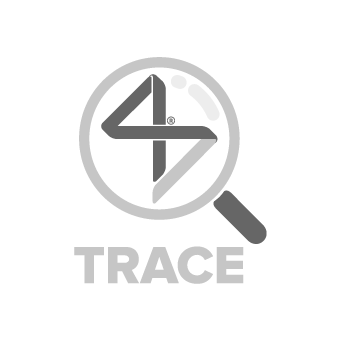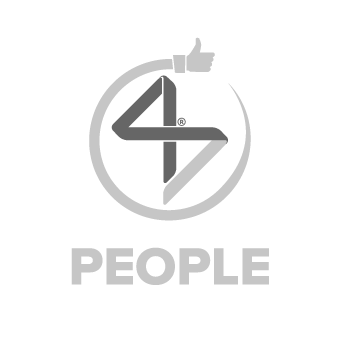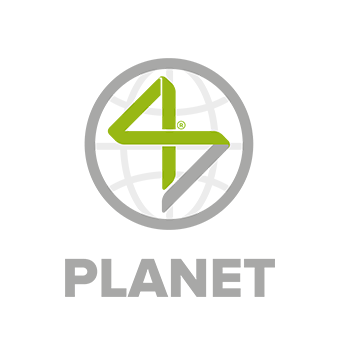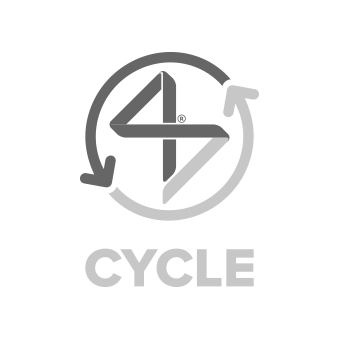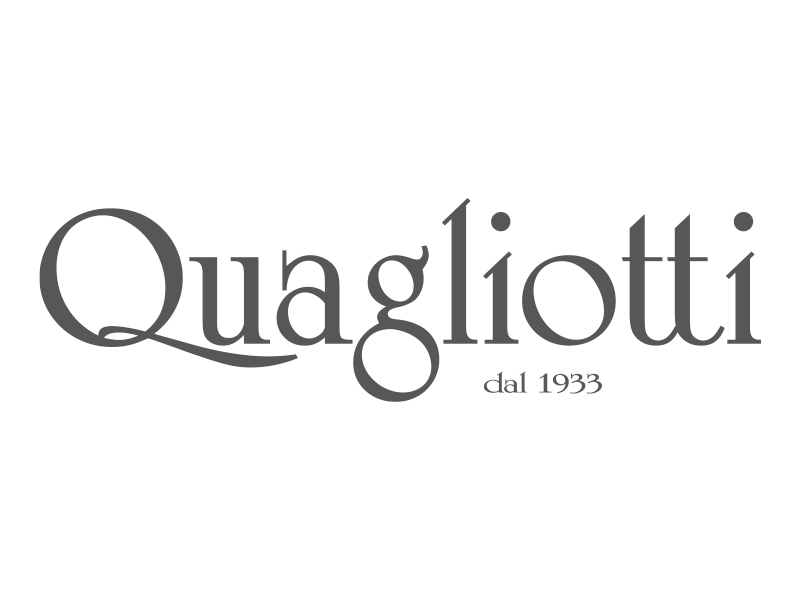
Quagliotti SpaID Nr. 4S-100584e-report version 3.0
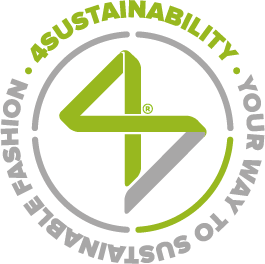
Quagliotti is a story of a family, traditions and experiences. The company weave the finest Italian textiles and make bed, table and bath linens from their workshop in Piedmont, Italy, since 1933.An example of continuous professional commitment arrived at the fourth generation in the family business.
As a precious thread, for 90 years, uniting expertise, passion, place and people.
Quagliotti stands out among the few Italian companies who weave and fully produce their bed, bath and table linens in Italy,from the selection of warp yarns to the final finishings.
The spirit of tailored couture begins with the choice of the finest materials, utilizing the techniques of the past developed with the most modern innovations and attention to details to create refined high-quality products. Quagliotti boasts prestigious collaborations with luxury hotels, restaurants, residential projects and yatch design.
The craftsmanship and processing techniques applied to the production reflects company’s ethic values which have remained unchanged since 1933, the year of Quagliotti’s foundation and which today is more relevant than ever: protection and development of a know-how linked to a tradition rooted in territory, search for quality, durability and innovation together with respect for the environment.
www.quagliotti1933.it
4SUSTAINABILITY® COMMITMENT
Growth and sustainability are the factors for which we want to stand out, founding our strategy on the belief that ethical approach should characterize our business model. We firmly believe there cannot be a long-term economic development without a social and environmental development.
Inspired to and aligned with the Sustainable Development Goals set by the United Nations in the 2030 Agenda (SDGs), we’re committed to contributing to the generation of global positive change, assuming a clear environmental and social responsibility.
We do it concretely by joining the 4sustainability® roadmap, making the values and action programs it embodies our own, committing ourselves to starting a virtuous change journey in our business model, through one or more initiatives that we tell in this e-report.
this initiative contributes to the following main UN Sustainable Development Goals
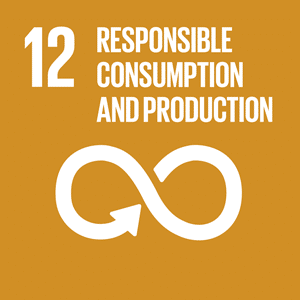
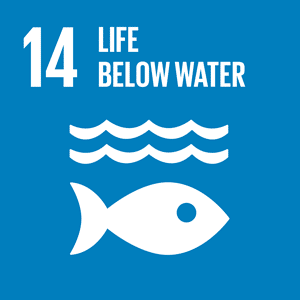
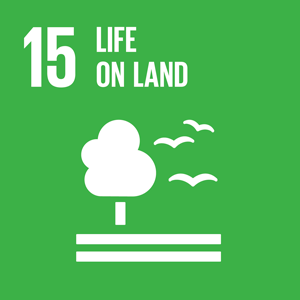
DATA REFERENCE PERIOD
from 01/01/2021 to 31/12/2021
LAST ISSUE DATE
22/11/2022
IMPLEMENTATION LEVEL
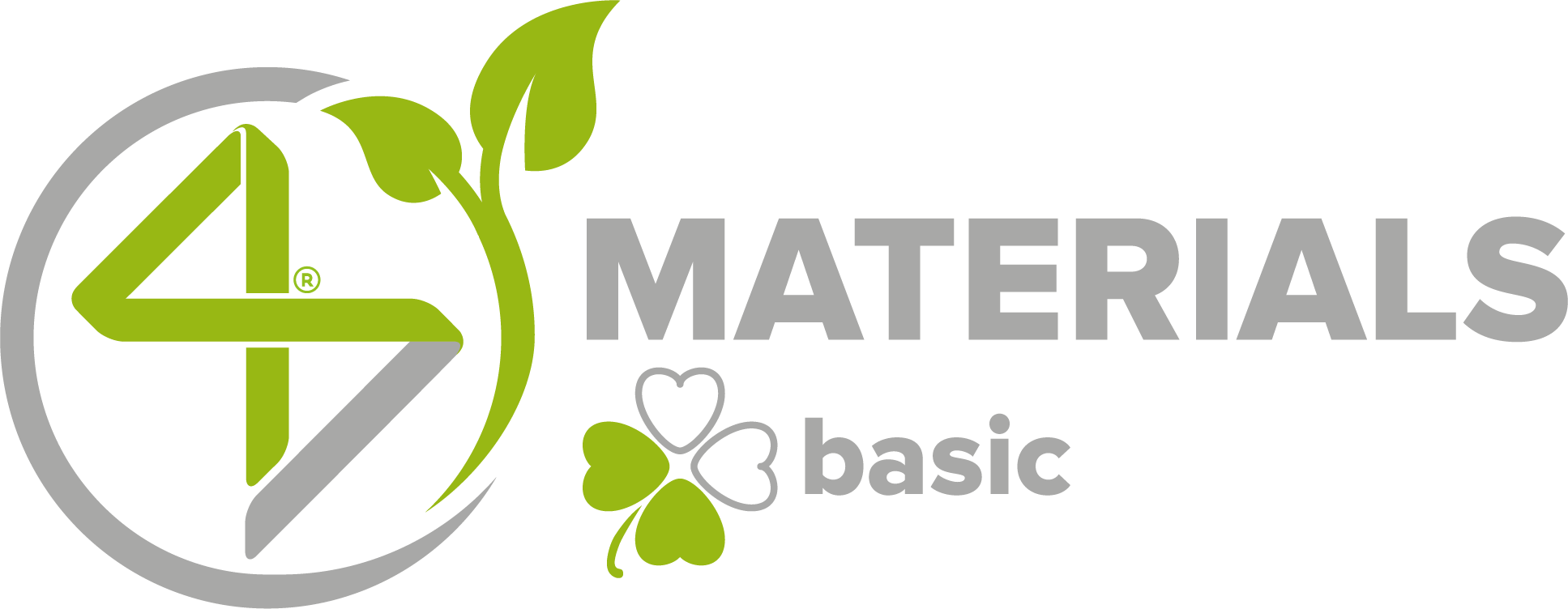
the implementation level is defined after the assurance process following the achievement of the protocol’s minimum requirements and is reviewed annually
23%
percentage of sustainable materials sourced
INPUT
The input percentage indicates the proportion of raw materials with recognized sustainability attributes. The calculation is performed by mapping the purchases made during the year and highlighting the share-volume of the sustainable ones based on the positive attributes as defined in the 4s Materials Library.
BREAKDOWN OF SUSTAINABLE MATERIALS BY TYPE OF FIBRE
0%
percentage of incoming sustainable packaging
SUSTAINABLE PACKAGING
The sustainable packaging indicates the amount of primary or secondary packaging material for which the producer employed techniques and input factors that lead to an improvement in environmental performance.
OUTPUT
The output percentage indicates the share-volume of the items in the designed and manufactured collection with recognized sustainability attributes, calculated in terms of the overall production.
92%
percentage of the volume of sustainable items sold
this initiative contributes to the following main UN Sustainable Development Goals
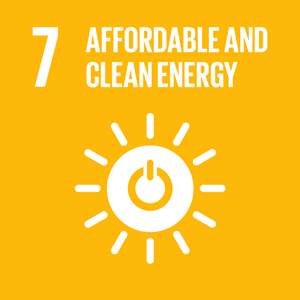
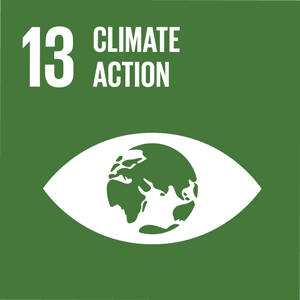

KPIs and implementation Level will be available after the first assurance is carried out.
IMPLEMENTATION LEVEL
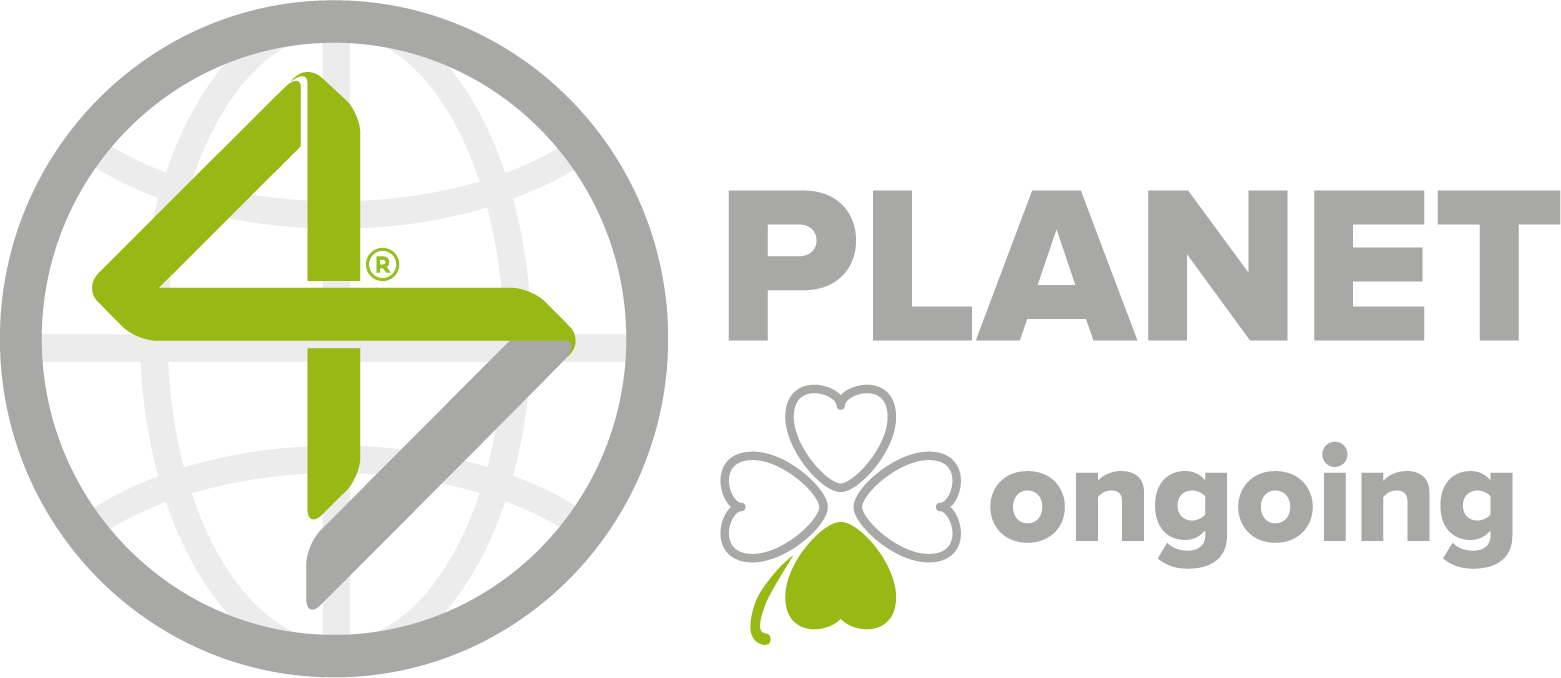
the implementation level is defined after the assurance process following the achievement of the protocol’s minimum requirements and is reviewed annually
The company has identified its main environmental impacts and implemented a calculation of its Water Footprint and/or Carbon Footprint and has started a roadmap for impact reduction on direct and indirect footprint.
MAIN ENVIRONMENTAL IMPACTS
The main company impacts are calculated starting from the direct ones. The calculation is then extended to include indirect impacts according to their order of relevance.
Consumption here on the side refers to an annual production of 184.338 mt.
CONSUMPTION
88.074Kwh
ELECTRIC ENERGY
22.508Kwh
THERMAL ENERGY
153.000liters
WATER VALUE
CO2eq (CARBON DIOXIDE)
156.199,19KG
total emission (e.g. energy and water consumption, waste, fuels, packaging...)
ENERGY
SOURCES
73%
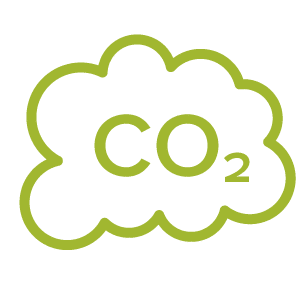
OTHER
SOURCES
27%

FROM
SUPPLY CHAIN
0%

DIRECT USE
100%
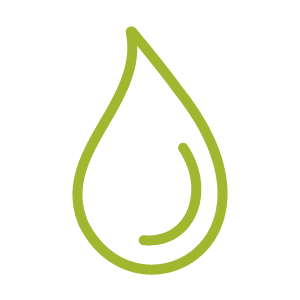
INDIRECT USE
0%

WATER
153.000,00L
total consumption
